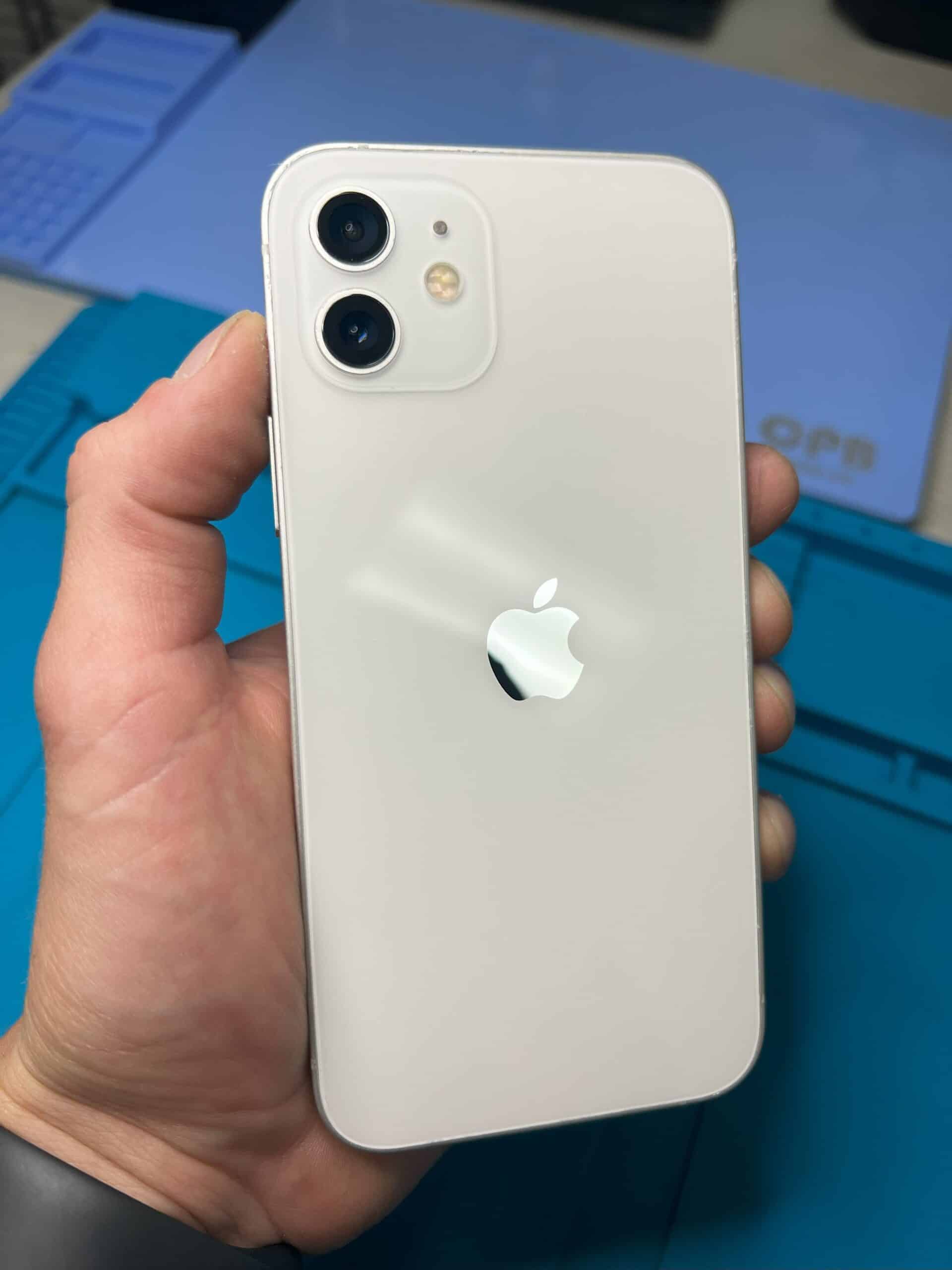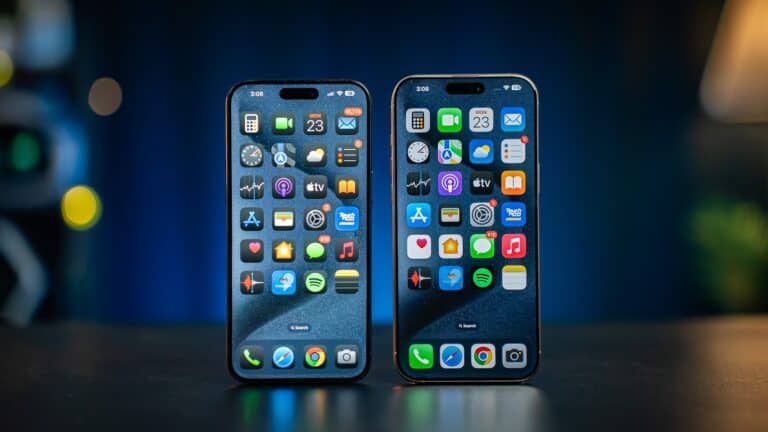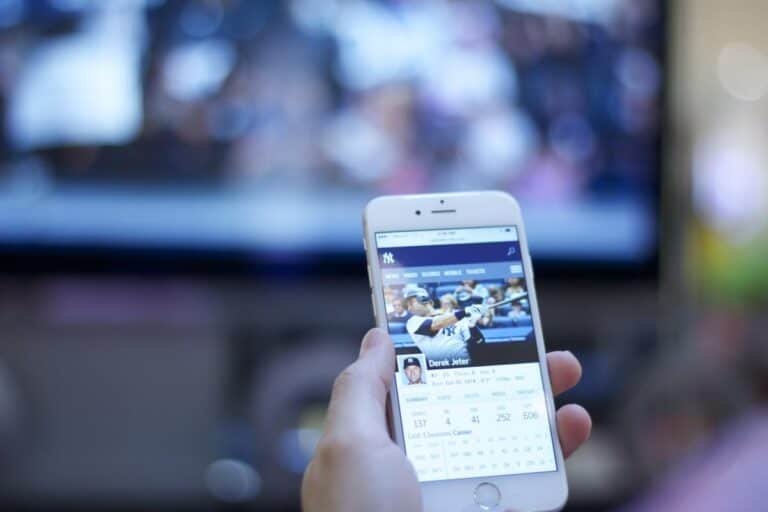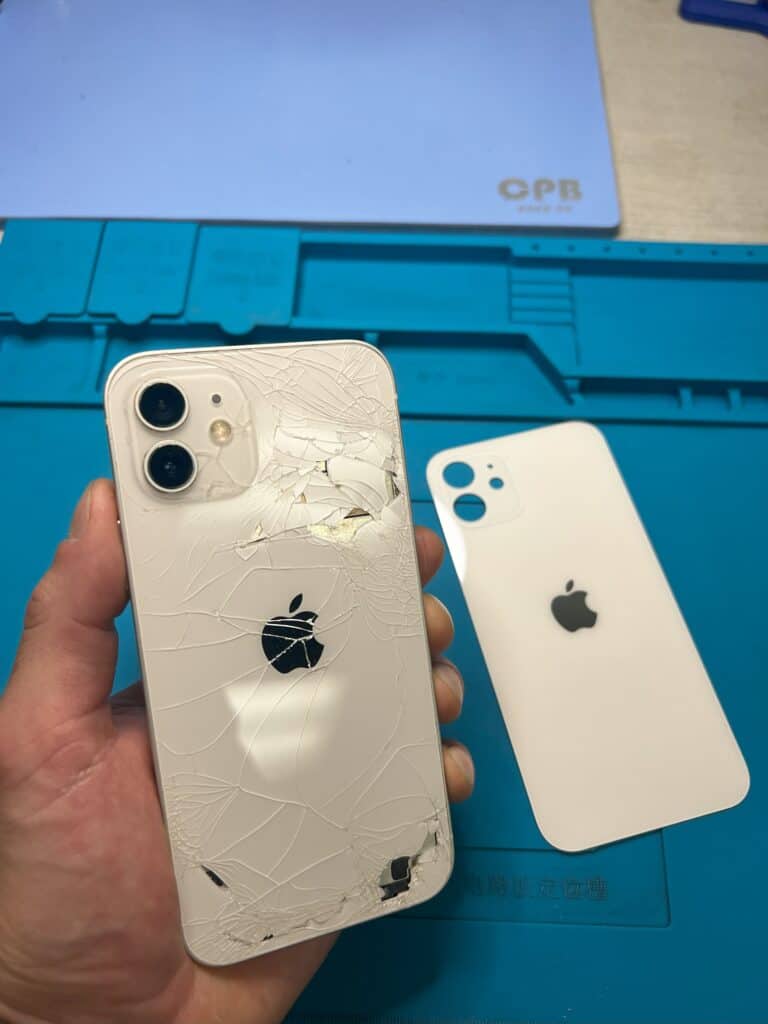When Apple released the iPhone 4, they decided to use a glass back instead of plastic and metal. This allowed for wireless charging, which uses magnetic induction to charge the phone without needing a wall charger. Despite the risk of cracks and difficult repairs, the glass back has become a standard feature in modern smartphones, offering a balance of functionality and style that users appreciate.
The reason for the glass back on iPhones is a combination of engineering, aesthetics, and functionality. While it may seem like a fragile design choice, it serves several key purposes that are crucial to modern smartphone technology.
1. Wireless Charging
This is the primary reason for the glass back. Wireless charging, which uses a technology called electromagnetic induction (Qi charging), requires a non-metal material to work. Metal backs would interfere with the magnetic field necessary to transfer power to the phone’s battery. Glass, being non-conductive, allows the energy to pass through seamlessly, enabling features like Qi wireless charging and Apple’s MagSafe.
2. Signal and Antenna Performance
Glass does not interfere with radio signals in the same way that metal does. By having a glass back, Apple can improve cellular, Wi-Fi, and Bluetooth antenna performance. This provides more freedom in antenna placement, which is especially important as phones have become thinner and more packed with technology.
3. Aesthetics and Feel
For many users, the look and feel of a device are as important as its functionality. Apple markets its iPhones as premium devices, and the smooth, polished or matte glass back contributes to a high-end, luxurious feel. The glass allows for a variety of finishes and colors that are difficult to achieve with other materials.
The Trade-Off: Durability
The main drawback of a glass back is its susceptibility to cracking and shattering. While Apple has invested in strengthening its glass with technologies like Ceramic Shield, it is still glass and remains more fragile than materials like aluminum. A cracked back can compromise the phone’s water resistance and expose internal components to dust and moisture, leading to costly repairs.
Apple’s decision to use a glass back is a strategic trade-off. It prioritizes the convenience of wireless charging and the benefits of a sleek, premium design over the sheer durability of metal.
Reasons Behind the Glass Design
iPhones aren’t just known for their sleek looks. The glass back on many models has sparked curiosity and debate. Let’s delve into the reasons behind this design choice:
Wireless Charging Technology
One of the most significant reasons for the glass back is wireless charging. Metal can interfere with the electromagnetic fields used for wireless charging, but glass allows for a smooth transfer of energy. This feature provides a convenient charging experience without the need to fumble with cables.
Style and Premium Feel
Glass offers a touch of elegance and luxury. It gives iPhones a premium feel that aligns with their high-end reputation. Apple is renowned for its design, and the glass back plays a part in creating a desirable aesthetic.
Durability Considerations
While glass can be more susceptible to damage compared to some materials, modern glass backs are made from toughened glass designed to resist scratches and minor impacts.

Considerations and Tradeoffs
Here’s a quick comparison of glass vs. other potential materials in iPhone back panels:
| Material | Pros | Cons |
|---|---|---|
| Glass | Enables wireless charging, looks premium | Can be more prone to shattering |
| Metal | Durable, good heat dissipation | Interferes with wireless charging, less premium feel |
| Plastic | Lightweight, affordable | Looks less premium, can scratch easily |
Apple’s choice of glass involves balancing functionality, aesthetics, and durability. While it brings wireless charging and a premium look, it also introduces some fragility concerns.
Key Takeaways
- iPhones feature glass backs to enable wireless charging.
- Design decisions prioritize technology advances and aesthetic appeal.
- Glass backs can make repair more challenging compared to other materials.
Evolution of iPhone Design
Apple has always sought to balance aesthetics with function in their iPhones. The design has evolved from the first model to accommodate new features and technology.
From Aluminum to Glass
The iPhone 4 marked a shift with its stainless steel frame and glass back. This design was a move away from the plastic and aluminum bodies of earlier models. Apple returned to glass backs with the iPhone 8, allowing for wireless charging.
Technological Advancements
The introduction of wireless charging and MagSafe in the iPhone 8 and iPhone 12 necessitated glass backs. This design change supports technology that cannot work through aluminum. Apple also introduced the Ceramic Shield with the iPhone 12, enhancing durability.
Glass vs Other Materials
Glass offers a sleek look and enables advanced features like wireless charging. In contrast, aluminum and plastic give different aesthetic and functional qualities. The choice of material impacts the user experience and the phone’s capabilities.
Which iPhone Models Have Glass Backs?
| iPhone Model | Launch Date | Wireless Charging? |
|---|---|---|
| iPhone 4, 4s | June 29, 2010 | No |
| iPhone 8, 8 Plus | September 22, 2017 | Yes |
| iPhone X | October 27, 2017 | Yes |
| iPhone XR, XS, XS Max | September 21, 2018 | Yes |
| iPhone 11, 11 Pro, 11 Pro Max | September 20, 2019 | Yes |
| iPhone 12, 12 mini, 12 Pro, 12 Pro Max | October 23, 2020 | Yes |
| iPhone 13, 13 mini, 13 Pro, 13 Pro Max | September 24, 2021 | Yes |
| iPhone 14, 14 Plus, 14 Pro, 14 Pro Max | September 16, 2022 | Yes |
| iPhone 15, 15 Plus, 15 Pro, 15 Pro Max | September 22, 2023 | Yes |
Repair and Maintenance
When it comes to iPhones, a broken back glass affects both the look and function of the device. Repair and maintenance are important for keeping the device in top shape.
The Risk of Damage and Impact on Durability
iPhones are equipped with back glass to enable wireless charging and to maintain the device’s sleek design. However, glass is breakable and can crack upon impact. Dropping the device can lead to cracks or complete shattering of the back glass. The risk of damage makes using a protective case and screen protector essential for adding an extra layer of durability.
Costs and Warranty Considerations
Repairing an iPhone’s back glass can be costly. Prices vary based on the model of the iPhone and whether the owner has AppleCare+. Without warranty, repairs for devices like the iPhone 12 Pro or iPhone 14 Pro Max can be particularly expensive. AppleCare+ significantly reduces repair costs but it also comes with its own fee. Users should weigh the cost of this additional protection against potential repair expenses.
Repair Process and Protection
The repair of a cracked iPhone back usually involves removing the damaged glass and replacing it with a new one. This task is often best left to a professional technician to avoid further damage to the phone. Once repaired, users are advised to protect their iPhone with a case and a screen protector to guard against future damage. Regular maintenance checks can help extend the lifespan of the device and ensure it remains in working condition.
Frequently Asked Questions
This section will provide specific and detailed answers to common queries about the glass back on iPhones, focusing on the reasons for the design choice, the history of its usage, comparisons among different models, and practical considerations for repairs and replacements.
What are the reasons behind using glass in the design of iPhone backs?
Glass is chosen for iPhone backs to give a premium look and feel. It also allows for wireless charging and is more durable against scratches compared to plastic.
When was the glass back design first introduced for iPhones?
Apple first introduced the glass back design with the iPhone 4 in 2010. This marked a shift from the previous models that featured either plastic or metal backs.
How does the back material of iPhone 15 compare to previous models?
The iPhone 15 has yet to be announced, so comparisons to previous models are not available. Apple’s design choices often aim to balance durability with aesthetic appeal, features, and wireless technology support.
Which models feature a glass back versus a metal back for iPhones?
Beginning with the iPhone 4 and 4s, glass backs became common until the iPhone 5, 5s, and SE which had metal backs. The glass back returned from the iPhone 8 and continues through the iPhone 12 to the latest models.
What are the implications of breaking the glass on an iPhone’s back?
A broken glass back can lead to more damage if not repaired, making the phone vulnerable to water and dust, and can affect wireless charging.
Is it possible for a user to replace the back glass on an iPhone?
Yes, users can replace the back glass on an iPhone. A careful process involving heating the device, prying off the broken glass, and fitting a new glass panel is required, and it’s recommended to be done by a professional or with a detailed guide.






